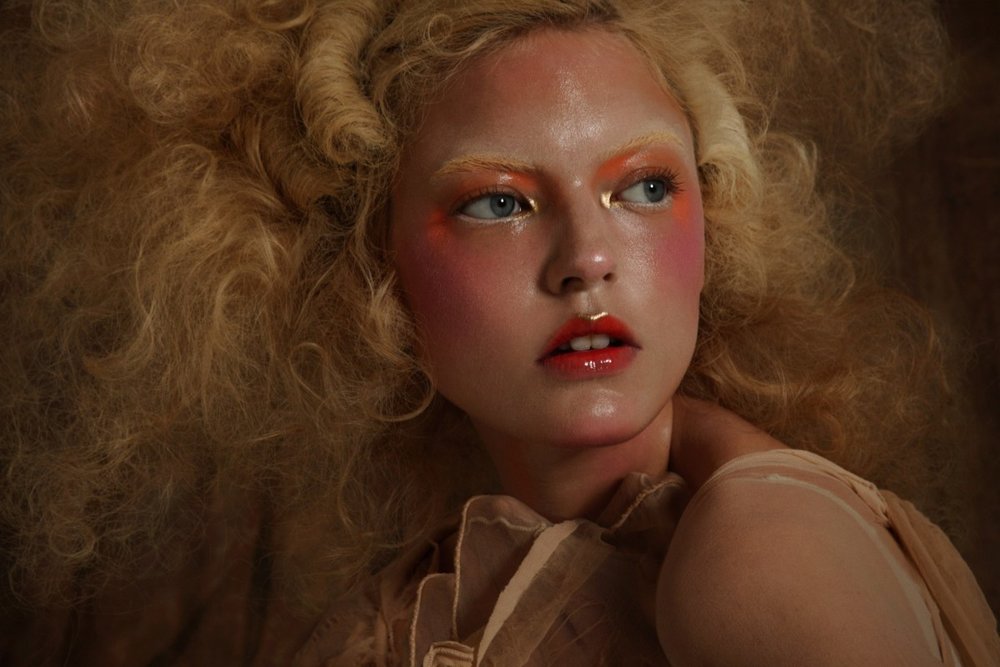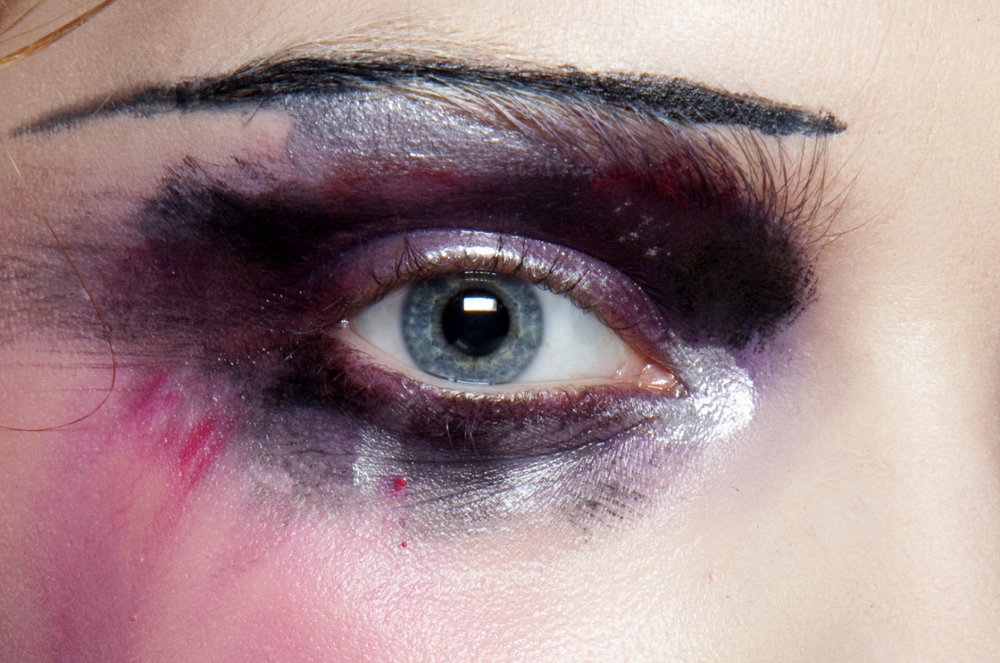In each object, representation and work of art, the main engine that drives the artist’s hand is what it in Romanticism was considered an inner genius. By the poets of Delce Stil Novo, it was represented by the angelic women, while in ancient Greece it took the form of a muse: the Inspiration.
It is very difficult to define an abstract concept as inspiration; as a color, it can only be felt, seen, internalized. The inspiration, as many sensations related to it, is changeable, capricious, and feeds on experience and current affairs: it is extremely difficult to simulate, it would be like groped to change your mood in an arbitrary manner and become happy in a time of great sadness.
So, the inspiration does not have a past or a secure future: as a unique and unrepeatable emotion, no one can find it; you have to accept the inevitable fleetingness and be grateful for the time you had to claim. An artist at the beginning of his work is driven by the impulse, the artistic ardor: to preserve and blow the spark of inspiration that was granted by his Muse.

Of course, the inspiration is not enough to create an artist, it must be compensated and enhanced by a good technical preparation and natural skills to create their own art. What makes a true artist is the ability to encode into something concrete its sense: make physical metaphysical, material pure spirit, whether it speaks with oil on a canvas, with the verses in rhyme or silk draped above the body.
The trained eyes of an esthete, a work of art will appear more or less beautiful for some factors and static rules, stylistic. But what will make you fall in love will be the power of the feeling that emanates from within the work itself. This beginning of the long road to begin his artistic career, which begins in a spiritual and get to materialize through what makes concrete the mystical, almost divine.

